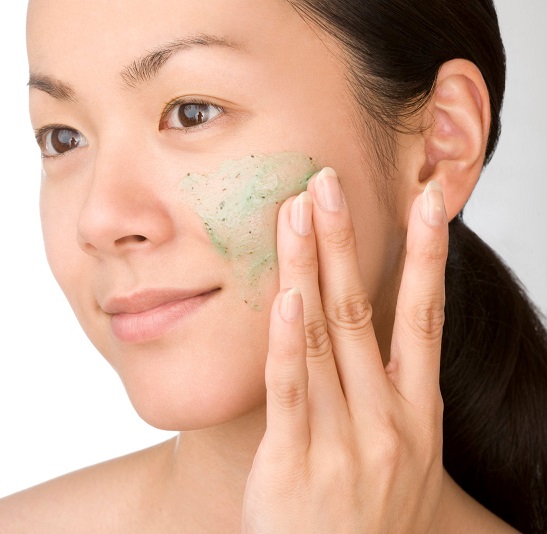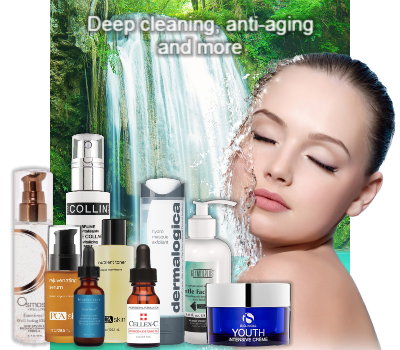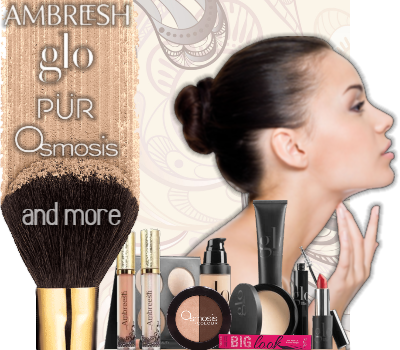A Breakthrough in Exfoliation
Exfoliation is an essential part of any skincare regimen. The idea is simple: remove the outermost layer of (mostly) dry, dead skin cells to expose the healthier skin below. However, with a surfeit of exfoliating products to choose from, finding the one that’s right for your skin is anything but. Here’s what you need to consider when exploring exfoliators. 
Manual vs. Chemical
Maybe “vs.” is unfair, since one method isn’t necessarily superior to the other; however, these are the two main ways exfoliation works on the skin. While manual (or mechanical) exfoliators—like scrubs, loofahs and brushes—physically remove cellular debris through abrasion, chemical exfoliators—such as alpha and beta hydroxyl acids—break down the “glue” that binds dead skin cells together. These two forms are not mutually exclusive; and many exfoliators use a combination of manual and chemical ingredients to achieve their goal.
The Power of Nature
Some of the earliest—and most powerful—“chemical” exfoliators come from nature. With its high concentration of tartaric acid, wine has been used for centuries to refresh the skin’s appearance. Similarly, salicylic acid—a beta hydroxyl acid found in several natural sources—is a staple in many problem skin products for its ability to remove pore-clogging skin cells. Natural manual exfoliators include everything from plant seeds to minerals, like pumice.
A New Direction
Until now, most exfoliators worked alone. While some doubled as cleansers, few if any interacted with other cleansing products. Purity Detox Scrub, by CosMedix, changed that. Combining salicylic acid with poppy, jojoba and date seeds, this multi-layer detoxification system gives users the option of exfoliating as part of a “dry cleanse,” with water or with another cleansing product. By tailoring this key step to each user’s regimen, Purity Detox Scrub creates a truly unique exfoliating experience.













